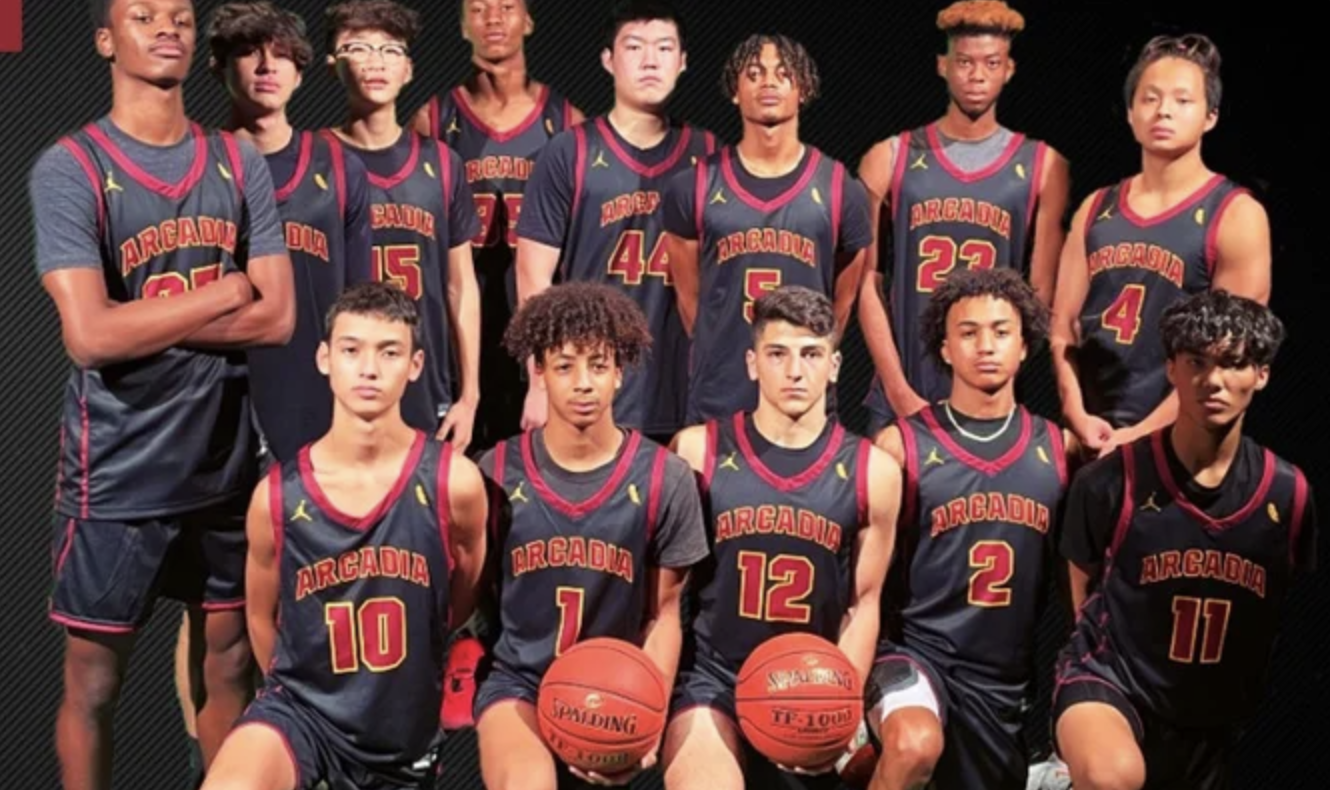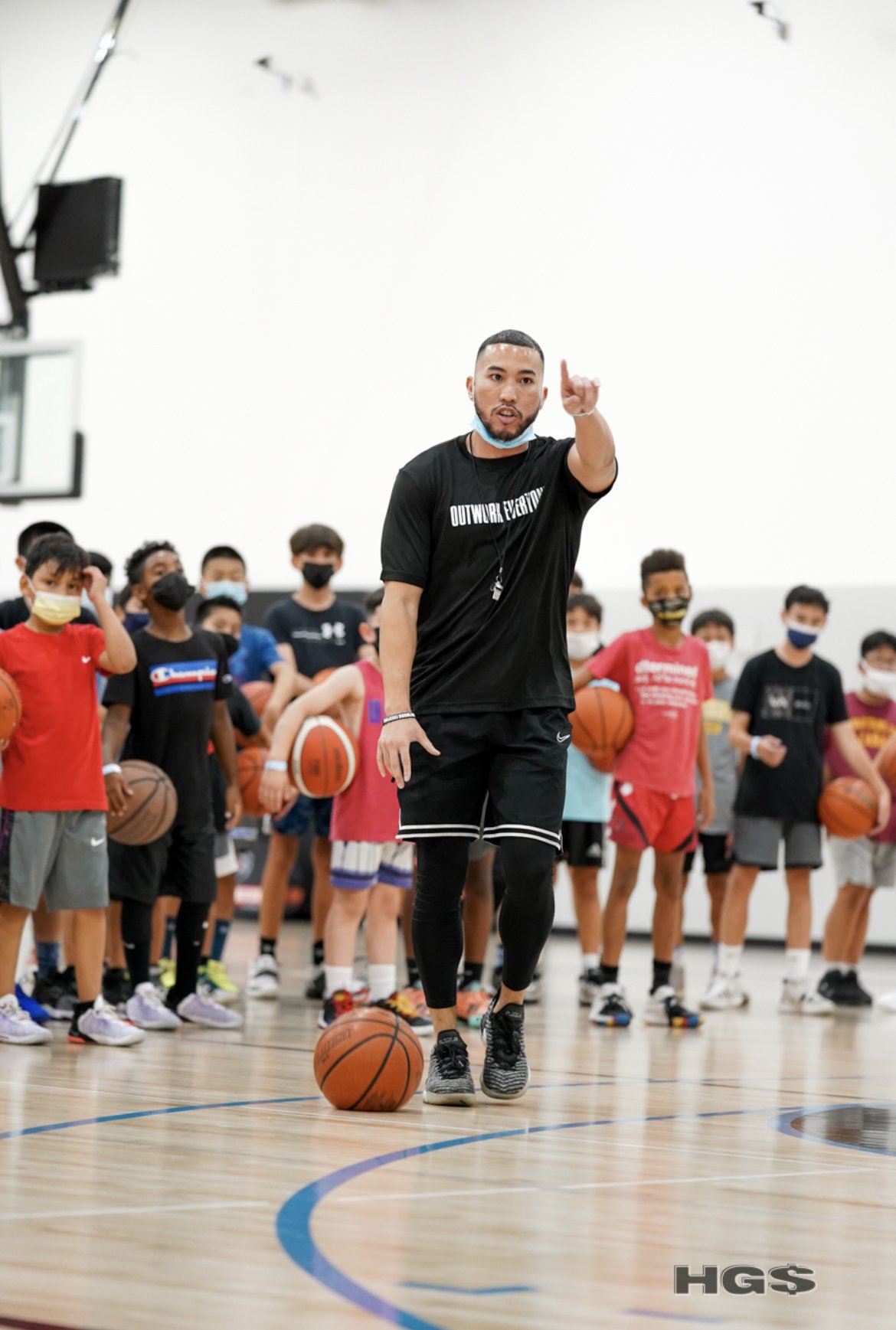Asian Discrimination in Basketball: Inherent or Imposed?
An examination of the natural, institutional and cultural boundaries that hinder Asian American basketball players from breaking into the top tier.
By Emmaline Pan
There have been a few prominent Asian basketball players, such as Jeremy Lin and Yao Ming, who have made an impact in professional basketball. To this day, these figures have remained significant role models for young and old Asian Americans alike. However, overall Asian representation, in professional basketball leagues, college basketball and even as early as high school basketball, is few and far between.
According to 2019-20 statistics gathered by the University of Central Florida, Asian basketball players only made up 0.7% of NCAA Division I women’s basketball players, 0.4% of Division I men’s basketball players and just 0.4% of the NBA, despite Asians accounting for 6% of the U.S. population. So, what is the reason for this large disparity?
On one hand, the gap may be due to a perceived natural disadvantage. While a direct connection is not proven, statistics do show the average height of an Asian American male to be considerably lower than that of other races. This can lead to some significant barriers, as height is considered an important trait for good basketball players.
The 2021-2022 Arcadia High School Boys Varsity Basketball Team. Via maxpreps.com
Christopher You, a high school varsity basketball player from New York, shared his own experiences with breaking through these obstacles.
“On the varsity team, I’m the only Asian player. And we’re just not as tall, not as athletic or big as other races,” You says. “This year, I was probably the second shortest kid on the team, and I definitely had to work harder than … other kids around me to make the team because, again, I’m not as tall or big. And yeah, that has definitely caused me to be overlooked sometimes.”
You is not alone in his experience. Even schools with a majority Asian demographic have minority representation on the basketball team. Arcadia High School in Southern California has only four Asian players on the boys varsity basketball team, despite the school having a population of 68.3% Asian Americans, according to U.S. News & World Report.
Another commonly cited reason for the lack of Asian basketball players is stereotyping and the “model minority myth,” which characterizes Asian Americans as smart, naturally good at math and hardworking, but also timid and weak. While the cultural values surrounding work ethic may have played a part in Asians representing 26.8% of U.S scientists, these stereotypes are also believed by some to hinder Asians’ chances at playing at the highest levels of basketball. Many Asian basketball players have, on numerous occasions, cited instances of prejudice, such as racial slurs pertaining to their ability to play well and Asian culture in general.
Another factor could be the culture of Asian Americans, which often places high value on working hard and academics, but a lesser value on pursuing sports professionally.
Coach Niko Brooks runs Outwork Everyone, a youth basketball training program, and often works with young Asian American basketball players from around California.
Niko Brooks, activities director for Team DTermined LA — an Amateur Athletic Union (AAU) club basketball program for young athletes — who is half-Japanese, weighed in on the subject. “Sometimes, there are Asian American athletes out there that aren’t willing to put in that much work because they love basketball, but they’re not obsessed with it,” he says.
“It’s unfortunate, but sometimes the work isn’t always put in,” Brooks continues, “and it needs to be put in times 1,000 because most of us weren’t blessed with being 6-foot-7, 6-foot-8, so we have to almost live at the gym to get on that level.”
Now Brooks, alongside his work with Team DTermined LA, has also started his own basketball clinic, Outwork Everyone Basketball, which helps him share not only his extensive experience but his inspiring message.
“The reason why I started Outwork Everyone is because I didn't have all those characteristics that people of other races had. Yes, I was athletic. … And yes, I was fast. But for height and build, basically, I wasn't there. I didn't have those characteristics and traits that most players had,” Brooks says. “So for me to make it to where I made it to, I was working out two to three times a day … and I didn't miss a day. I knew I wasn't looked at first. Coaches came in, they weren't looking at me. They saw me on paper, 5-foot-9, 150 pounds. Then they're going to look at the 6-foot, 215-pound guy before me. So I needed to outwork everyone.”
The lack of Asian representation in basketball is not only limited to the players. Kevin Su, an Asian American referee for high school and college basketball, shared his perspective.
“It’s honestly just like basketball; you have to go out there and prove that you belong on the court, with the high-level games. So through the years, I worked hard and studied the game from the lens of a referee,” Su says. “When the assigners give you certain games, it’s like a job interview. You have to go out there and perform, and if you perform well, guess what? They are gonna give you more games that are at a higher level. Through the years I was able to get better and better games and eventually, in the last five to seven years, I’ve been … given the opportunity to continue reffing high-level games, and finally, last year, I made it to my first state final game.”
“There are not too many Asian refs out there so when I go to a game I have to prove myself over and over and over that I belong,” he adds.
As for whether or not we will see more Asian representation, that’s still up in the air.
“People are starting to realize that Asians don’t suck at sports — there are a lot of good Asian players and, actually especially from China, there are a lot of tall players who are starting to come to America and are making big impacts on their teams,” You says. “I think people are starting to realize that your race doesn’t define how good of a player you are.”
Brooks says there are a lot of opportunities for Asians outside of the NBA, including playing basketball overseas. “I feel like no matter what, if you put in the work, and you really, really are obsessed with it and you put in those hours, you can truly achieve whatever you want,” he says.
All three athletes seemed to reach a consensus: While there are many factors that cause Asians to be looked down upon or overlooked in terms of their athletic ability, Asian basketball players must continue to push against these obstacles and work to be recognized, not only as doctors and scientists, but also as great athletes.
As Brooks said it best: They must continue to outwork everyone.



